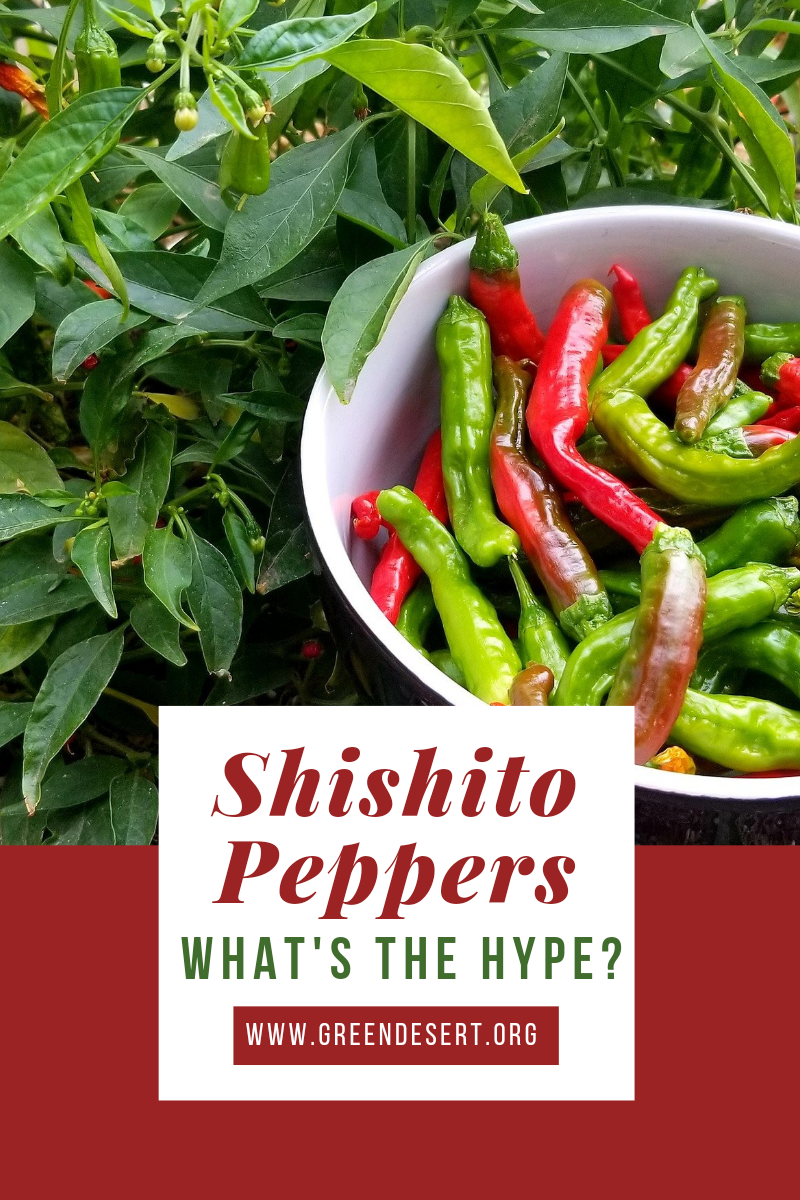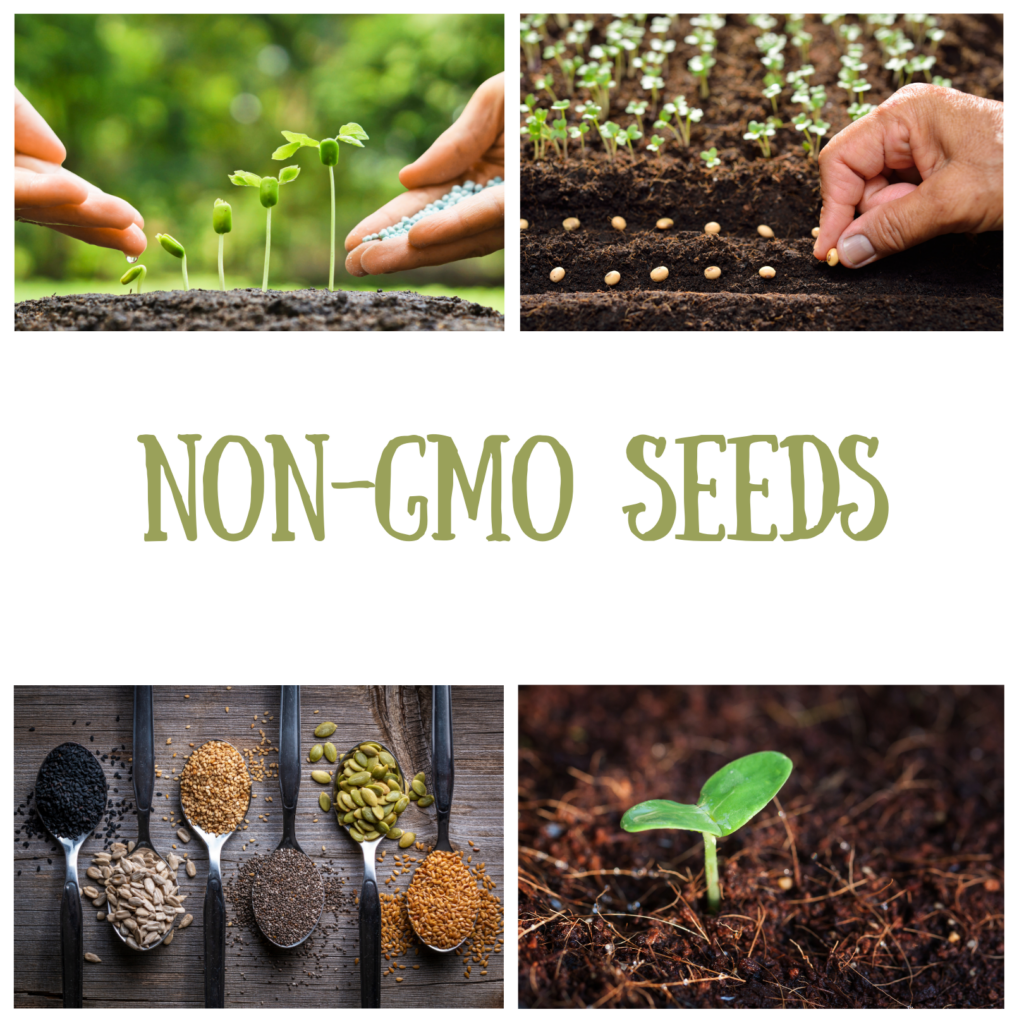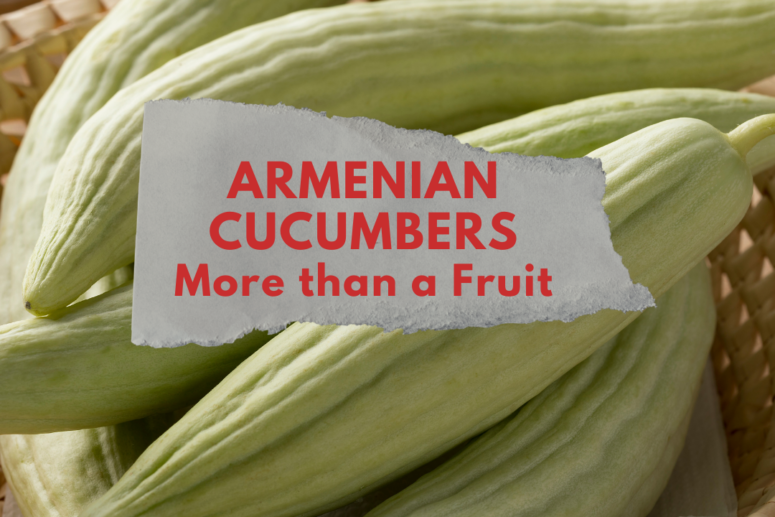Shishito Peppers – Why all the hype?
Some of my favorite things in the GreenDesert garden are shishito peppers! I tasted them years ago in a restaurant and I was hooked! They were blistered, had a sweet and smoky flavor and were snack sized, making it too easy to eatJ I had to have more! The problem was I couldn’t find them in most restaurants or even grocery stores. So of course I had to grow them… for so many reasons.
But before I share how easy they are to grow, let’s talk about what all the hype is about.
Shishito pepperes are a Japanese heirloom pepper variety. I can’t write enough about how addicting they are, and extremely easy to make. But if you eat enough of them, you’re bound to run across a hot one. The rule of thumb is one in every ten of the peppers will be spicy… except if you eat them with me; For some reason I seem to get all of the hot ones while my family enjoy the rest, and I am still addicted to the peppers! It’s not like you can look at them to tell which are spicy. And although some people say the spice isn’t really hot, that has not been my experience, so be prepared. The hot peppers that I experienced have been really hot, hot enough to make my nose run and my eyes burn. Granted, I am not a huge fan of spicy… so perhaps my extreme spice is mild to others. But again, in general, they are not hot. It’s like a sweet, smoky bell pepper.
HOW TO EAT THEM
And you can eat them so many ways. I add them diced and raw to my salads, eggs, even sandwiches. But they can be one of your simplest, healthy snacks to make. You really don’t need much prep because you can eat the entire pepper — seeds, stems and all. I like to coat them in avocado or olive oil, throw them in a pan, and let them brown and blister. Sprinkle with a little salt and you’re done. I often add a little lemon and/or some red wine vinegar to spice it up. Or even stir-fry it with other veggies from the garden, like onions, garlic and bell peppers.
Obviously it was the flavor that first got my attention; it helps that the heirloom peppers have lots of health benefits including being high in vitamins A and C, fiber, potassium and folic acid. They’re also loaded with antioxidants, among other benefits!
HOW TO GROW SHISHITO PEPPERS
- First you want to choose a place in your garden that gets full sun for about 6 – 8 hours per day. You can grow shishito peppers directly in soil, pots or raised beds.
- I’ve been successful planting our shishito peppers directly into my garden beds. But most experts suggest you start the seeds indoor 6 to 8 weeks before you transplant them to the garden. Keep in mind, the seeds will germinate faster in warm soil so you can use a heat mat, put them on top of your fridge or whatever method you use to keep the soil warm.
- Once the seeds have sprouted, which can take as little as a few days, you’ll want to move them to a sunny spot… but not yet outdoors. So you can use a windowsill that gets some sun, use grow lights, or again, whatever creative methods you choose.
- Keep the soil moist, but not soaked.
- Next, about a week before transplanting, you’re going to want to harden your plants, to get them ready for their new outdoor home. To harden them, just set them outside for a few hours per day. Basically it gives the plants stress-free transition.
- After about a week of hardening, your plants are ready for their big move! Remember, choose a spot that gets 6 to 8 hours of full sun per day.
- As for harvesting, it varies. Usually they are harvested while they’re still green. But you can leave them on the plant until they turn red too. Either way, don’t ignore the abundance of peppers! The more you pick, the more the plant will keep producing. If you neglect her and the plant gets overloaded with peppers, that tells the plant to stop producing.
NEED SEEDS? We sell shishito pepper seeds, along with other medicinal sees on our Etsy site.
Don’t forget, whatever ailment you have, I’m sure there are several natural remedies that can help! We have an entire section of natural remedies on our page.




